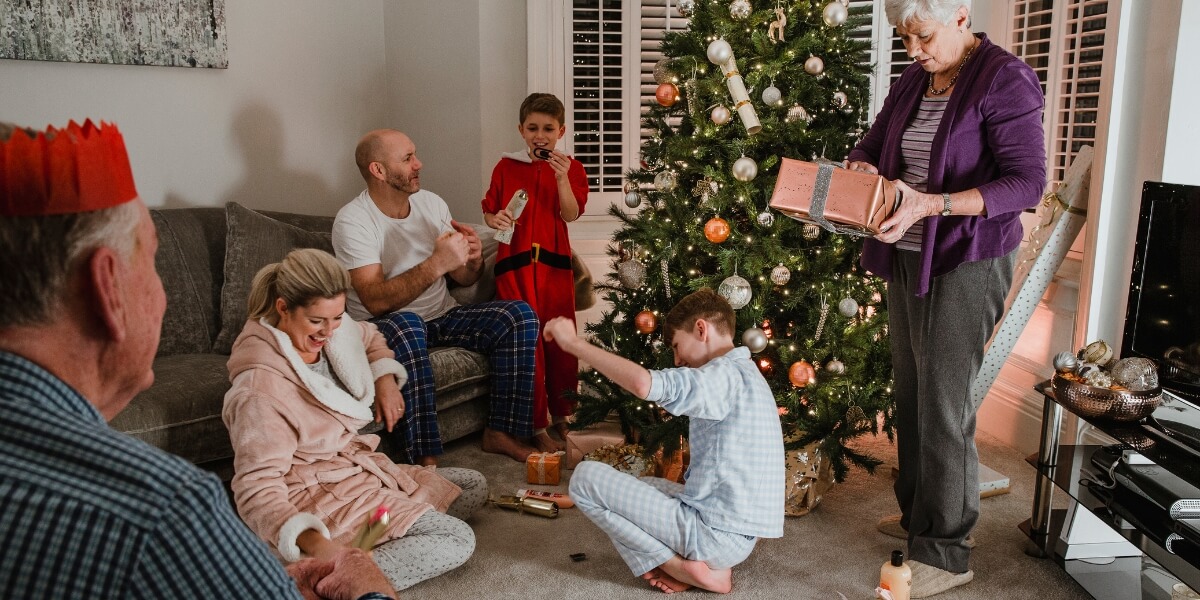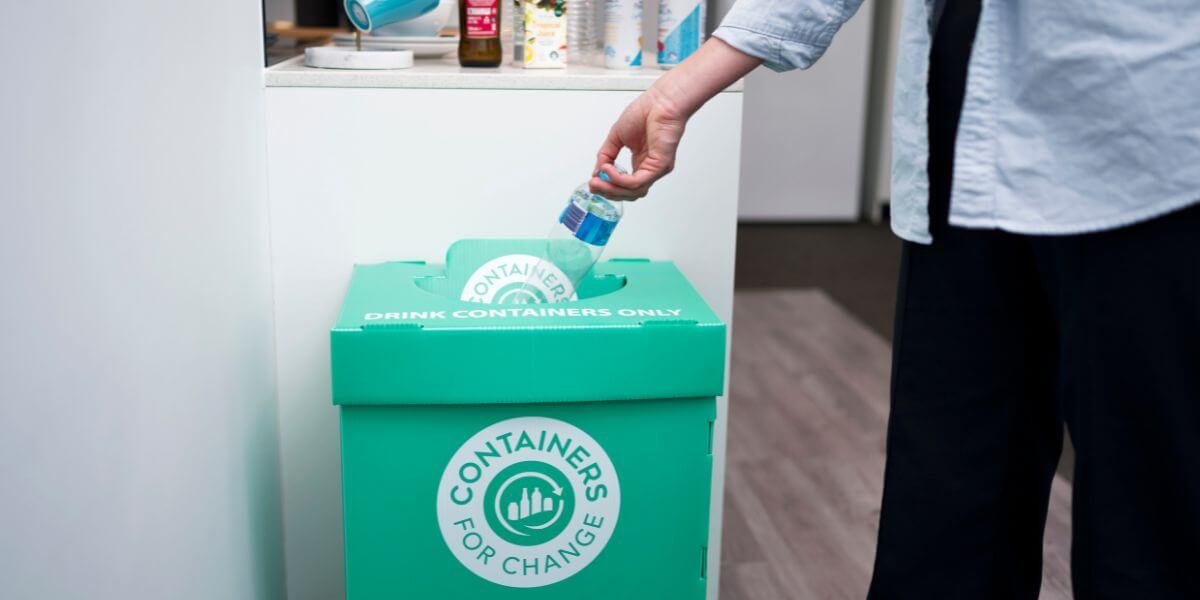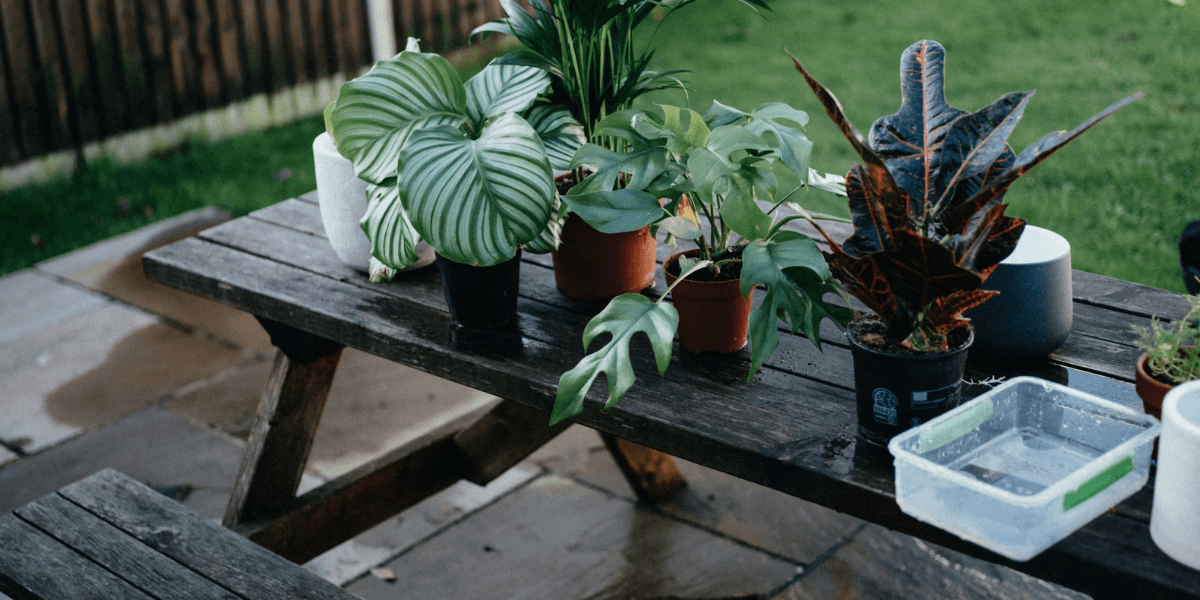REDUCE EMISSIONS, SAVE ENERGY
A low-cost guide to low-carbon living
Lowering your household emissions doesn’t have to be a large financial investment. Karla Jakupovic dives into some helpful tips on how you can start reducing your household carbon emissions while on a budget.
When you’re on a tight budget, taking action to reduce your household emissions can seem just out of reach. In this article, we share some simple and budget-friendly actions anyone can take around the home to reduce their household carbon footprint while saving on bills.
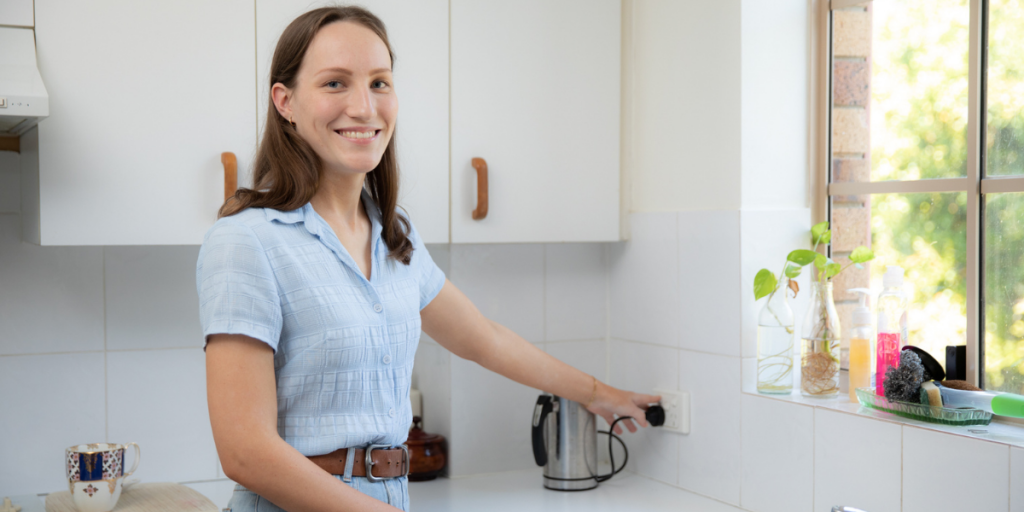
Draught-proof your home
“Seal your home. This seems expensive but it cost about $30 to buy everything and now my home is cooler in summer… and warmer in winter.“
Alexandra Shepherd, Brisbane Carbon Challenge champion household
Having ‘leaks’ in your home that lets air and draughts come in and out of the building can make it hard to regulate the temperature of your home. It means you have to spend more on using fans and air conditioning in summer or heaters in winter. However, keeping that draught out and sealing your home against air leakage is simple and can often be done on a small budget.
Not only will draught-proofing your home reduce energy bills, but it can also reduce carbon emissions by up to 25%.
Simple solutions to prevent draughts include using draught-excluders, sealing old vents (this can be as simple as making use of cardboard laying around the house), using strips to seal windows, rolled up towels or door snakes to seal doors, or looking to fill any gaps in windows, doors and walls with a gap filler.
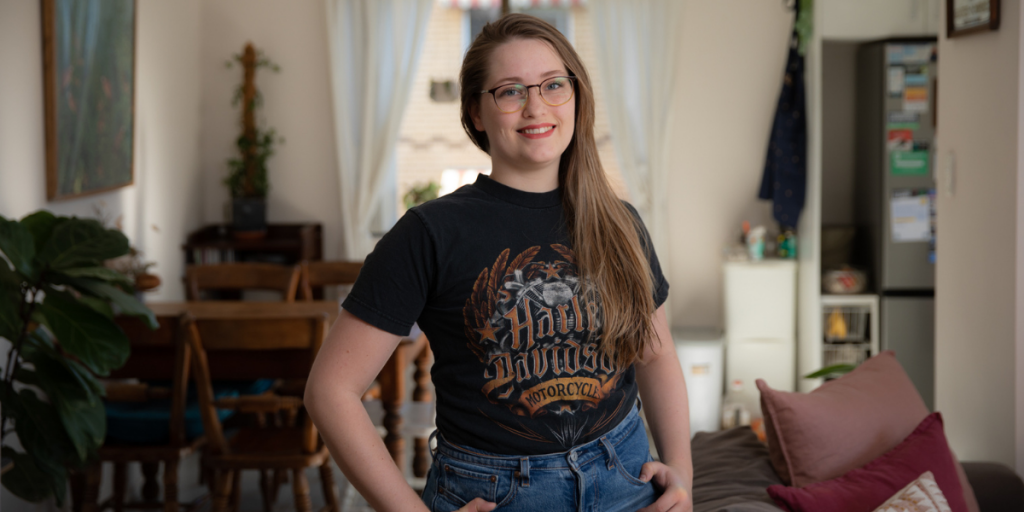
Lighting upgrade
“If you are on a budget upgrade to LED lights”
Alexandra Shepherd
To save on your energy consumption and expenses, take a look around your home and consider upgrading any remaining halogen light bulbs with LEDs.
LEDs use up to 75% less electricity than incandescent and halogen bulbs while providing the same amount of light. Plus, they’re better value since they last longer, ultimately saving you money on replacements.
Switch it off
Without making any financial investment, you can adopt simple habits to reduce energy wastage and save on unnecessary costs.
Try turning off lights and appliances in empty rooms or consider installing sensor lights in outdoor areas. You can also manage and operate lighting using sensors, timers or smart controls. Dimmer switches are another great option that allows you to adjust the level of light in a room to meet your needs and prolong the life of your bulbs, while saving power.
While most appliances only draw a small amount of energy on stand-by, it adds up to a large amount of power and carbon emissions Australia-wide. With more and more appliances and devices in the average home, it is important to switch them off when you’re not using them. You can make this process easier by using stand-by power controllers or Wi-Fi enabled plugs with smartphone apps. Now that is a lightbulb moment!
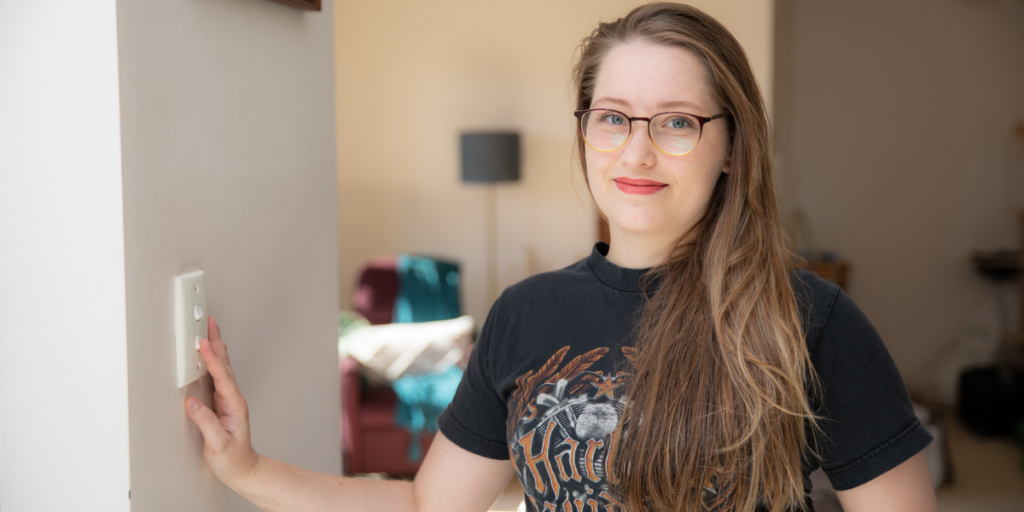
Low-flow shower heads
Did you know switching to a 9-litre-per-minute-flow-rate shower head can save more than 20,000 litres of water a year?
Not only that, but using less water when you shower also means less energy is required to heat it.
So, why not challenge yourself to taking shorter showers?
It’s a great way to further reduce your hot water use and save money on your bills. To make it more fun, find your perfect 4-minute shower playlist and take the challenge today.
Clean and green laundry
To save on energy and water when doing laundry, wash your clothes in cold water whenever possible as it can use up to 10 times less energy compared to using hot water.
It is suitable for most types of clothing and can also extend their lifespan. Most of the energy used by washing machines goes into heating the water, so you will save money on energy bills by using cold water.
Top tip
Additionally, consider drying your clothes on a washing line or clothes airer where possible instead of electric dryers, which use a lot of energy. CHOICE estimates that drying clothes in a vented dryer once a week could cost over $150 per year.
Reduce food loss
The average Brisbane household throws away $40 worth of food every week. That adds up to over $2000 of wasted food per household per year! And if this lost food ends up in the rubbish bin, it also has significant impacts on the environment and your household carbon footprint.
So how can you look to reduce your food loss?
- Planning meals in advance and preparing a shopping list around what’s in your fridge and pantry will help you buy the food you need, cut down on waste and save on your grocery bill.
- List the best-before dates on the front of your fridge so you know which items to use up first.
- Cook in bulk to freeze and use up frozen leftovers for a quick and convenient meal when you don’t feel like cooking.
- Add a food liner to your fridge’s fresh food draw to keep your food fresher for longer.
For more tips on reducing food waste take Brisbane City Council’s Save Money Save Food Challenge.
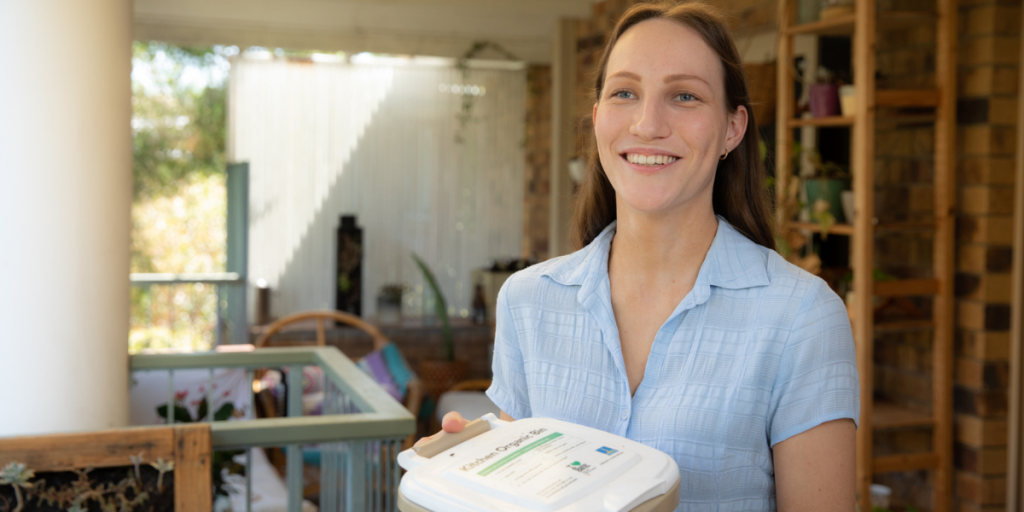
Household spotlight: Low-carbon actions, while on a budget
Living in a shared rented apartment with people who have different priorities and values can be a challenge when trying to live a low-carbon lifestyle.
Like most students, Finn Williams and Laura Ferris were on a budget when they joined the Brisbane Carbon Challenge. They had to prioritise low or no-cost actions to reach their objective of halving their household emissions.
Thanks to the Brisbane Carbon Challenge, the young renters learnt that they had more control over their energy consumption and bills than they thought. “We want other sharehouses to know that you don’t just have to accept energy bills as they are – you have the influence to do something about them”, declared Finn.
By taking simple actions such as reducing private vehicle use, turning off lights and appliances when not in use, taking shorter showers, adjusting the temperature on their air conditioner, purchasing GreenPower and avoiding food loss and waste, they were able to reduce their carbon emissions by an impressive 68%!

Take the Brisbane Carbon Challenge
So, what’s next?
Now you know there are ways to lower your household’s carbon footprint on a budget. Take the Brisbane Carbon Challenge to understand your household carbon footprint and learn ways to reduce your emissions and bills.
You can calculate your household carbon footprint from energy, transport and waste, and compare it to the Brisbane average. You’ll learn valuable tips to lower your emissions, suited to all homes, lifestyles and budgets.
Small steps at home can make a big difference.
The author

Karla Jakupovic
Karla works at Brisbane Sustainability Agency, and particularly enjoys working across a variety of programs and helping to educate the community, new to their sustainability journey, on some helpful tips and tricks.


